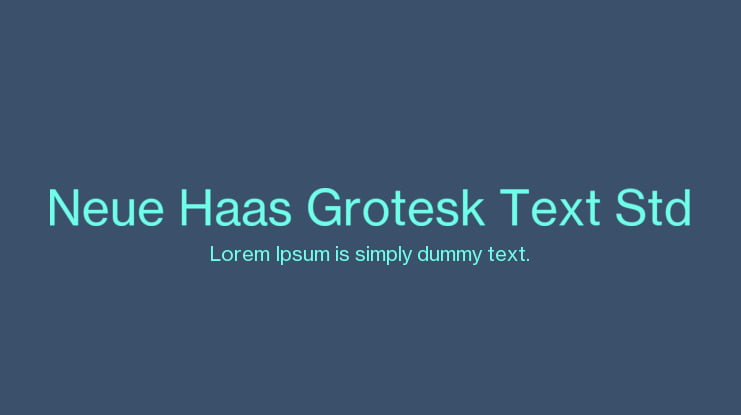

Links to popular alternative Helvetica cuts can be found further down the page. In 1960 the name was changed to Helvetica (an adaptation of "Helvetia", the Latin name for Switzerland).To view the original Helvetica page, click Helvetica.ĭownload the Neue Helvetica fonts.pdf here. Helvetica was originally known as Neue Haas Grotesk and was designed in 1957 by Max Miedinger for the Haas Type Foundry based in Switzerland. Neue Helvetica is the quintessential sans serif font that is understated, timeless and neutral – without doubt the undisputed king of fonts. A numerical classification scheme was also introduced (based on the Univers system) to help distinguish all Neue Helvetica fonts in the enlarged 51 font NH family range. The ‘new’ Helvetica font designs are much more cohesive, structured, have unified heights and widths and improved legibility. Get all its variants from My Fonts, or snag complimentary versions from Dafont Free website.Neue Helvetica (also known as Helvetica Neue) is a completely redrawn version of the Helvetica font range that has 51 Neue Helvetica font styles in weights varying from ultra light to extra black.Īs the various original Helvetica font versions were imbalanced and disproportionate to each other, a complete overhaul was instigated in 1983 by D. If you’re a fan of Helvetica, then this typeface is not to be missed. Related: 34 Fancy Flower Fonts Perfect for Botanical and Nature-Inspired Projects The challenge was bringing the original shapes and spacing to life – but with the luxury of kerning. Thus, the project was more of a restoration task than a revival for digital use. Schwartz believed that much of Neue Haas’ original warmth was lost during all its alterations. The project was continued and eventually completed in 2010. It was supposedly for the redesign of The Guardian.

In this case, Neue Haas – now more commonly called Helvetica – underwent more modifications.īy 2004, type designer Christian Schwartz was commissioned by Mark Porter to begin the revival of the ‘Helvetica’s original name’. Sometime in the 1980s, a rationalized, standardized version of the typeface was released to make way for the switch from metal to phototypesetting. These changes include making the matrices for the Regular and Bold equal in width, with the Bold style having a noticeably narrower proportion. This was to accommodate the lettering for Linotype’s hot metal linecasters. When Linotype AG got hold of Neue Haas, it was revised and became known as Linotype Helvetica. In a sense, they were the first sans serifs. Grotesque fonts, which came out during the 19th century, have low contrast, even widths, and an average slope. Designed by Max Miedinger from 1957 to 1958, Neue Haas Grotesk was the Swiss answer to British and German grotesques that were widely popular at that time.


 0 kommentar(er)
0 kommentar(er)
